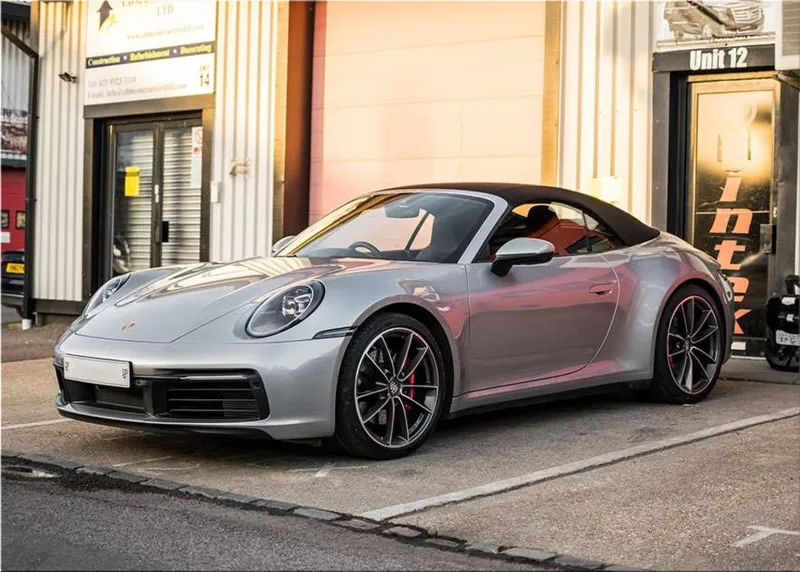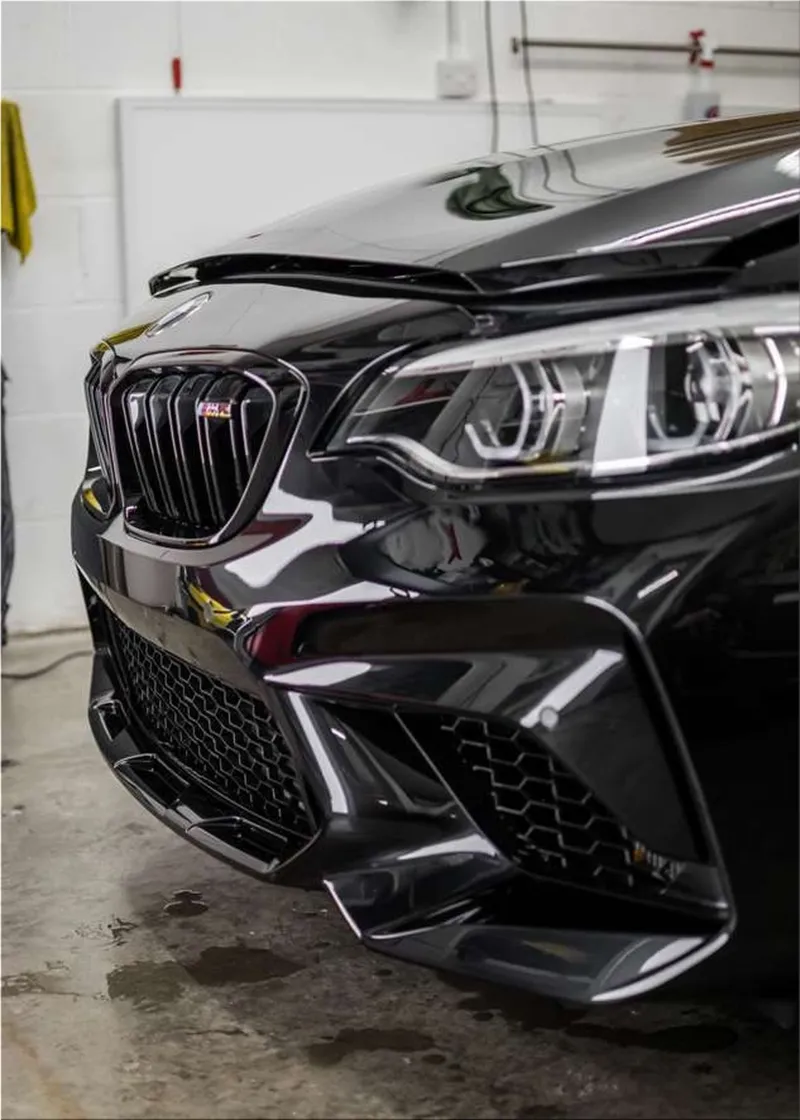Keeping a car in pristine condition is a challenge. Environmental contaminants, UV radiation, and chemical pollutants constantly attack the paintwork, dulling its shine and leaving it vulnerable to scratches and oxidation. Traditional waxing provides only temporary relief, requiring frequent reapplications that still fail to offer real protection. A more advanced solution is car ceramic coating, which creates a durable, molecular-level shield that preserves the vehicle’s exterior for years.
Unlike conventional paint sealants, ceramic coatings bond with the surface at a microscopic level, forming an extra layer that repels dirt, water, and oils. This nano-ceramic technology has revolutionized automotive care, making it the preferred choice for car owners who value both aesthetics and protection.
Why Ceramic Coating for Cars Is a Game Changer
The introduction of ceramic coatings has transformed vehicle maintenance by significantly reducing the effort required to keep a car looking new. The hydrophobic and oleophobic properties of the coating prevent contaminants from adhering to the surface, meaning dirt and grime can be easily washed away. Additionally, the high-gloss finish enhances the depth and clarity of the paint, creating a mirror-like reflection that traditional polishing cannot achieve.
Beyond aesthetics, ceramic coatings provide chemical resistance, shielding the paint from acidic rain, bird droppings, and road salts. Over time, unprotected paintwork deteriorates due to oxidation, leading to fading and discoloration. The nano-ceramic barrier prevents this process, preserving the vehicle’s original color and shine.
The Science Behind Professional-Grade Ceramic Coatings
At Tintex, the application of ceramic coating for cars is a meticulous, multi-stage process that ensures maximum durability and performance. It starts with an extensive surface preparation, including decontamination and clay bar treatment to remove embedded dirt and imperfections. This is followed by paint correction, which eliminates minor scratches and swirl marks, restoring the paint to a flawless finish.
The first layer of protection is KubeBond Diamond 9H, a high-hardness nano-ceramic coating that creates a resilient shield against abrasions and environmental damage. This is further reinforced by KubeBond NanoX, which enhances the hydrophobic effect, preventing water spots and making cleaning effortless. The combined effect of these two coatings transforms the exterior into a single, cohesive surface resistant to dust, oils, acids, and UV exposure.
To ensure a flawless result, the application takes place in a controlled environment, where temperature and lighting conditions are optimized to facilitate proper bonding. This professional approach guarantees that the ceramic coating cures correctly, providing long-term benefits rather than a temporary cosmetic enhancement.
Understanding Ceramic Coating Cost and Its Long-Term Value
One of the most common concerns among car owners is ceramic coating cost and whether the investment is justified. While the initial expense may be higher than traditional waxing, the long-term savings and benefits far outweigh the costs. Unlike wax, which degrades within months, a properly applied ceramic coating lasts for years, reducing the need for frequent detailing sessions.
Key factors influencing the final price include:
- The size and type of vehicle (smaller cars require less product and labor).
- The current condition of the paintwork (new cars need less correction, while older vehicles may require additional preparation).
- Additional treatments such as wet sanding or overspray removal.
Considering that ceramic coatings protect against environmental damage and reduce the frequency of washes and detailing, the return on investment is substantial. It is a cost-effective solution for those who want to maintain their car’s value while minimizing upkeep efforts.
Is Ceramic Coating Worth It?
For those who prioritize long-term paint protection and a consistently flawless appearance, ceramic coating is an excellent investment. Unlike traditional methods that offer only short-term gloss and minimal defense against contaminants, nano-ceramic coatings provide a deep, durable shield that enhances both aesthetics and resilience.



